Interview with Photographer Pete Humfryes on His Switch to Digital
Pete Humfryes is a British commercial and advertising photographer with 40 years experience in the field. Spending many years as a traditional film photographer, Pete was an early adopter of digital technology, seeing the potential and ease it would bring to the photographic industry.
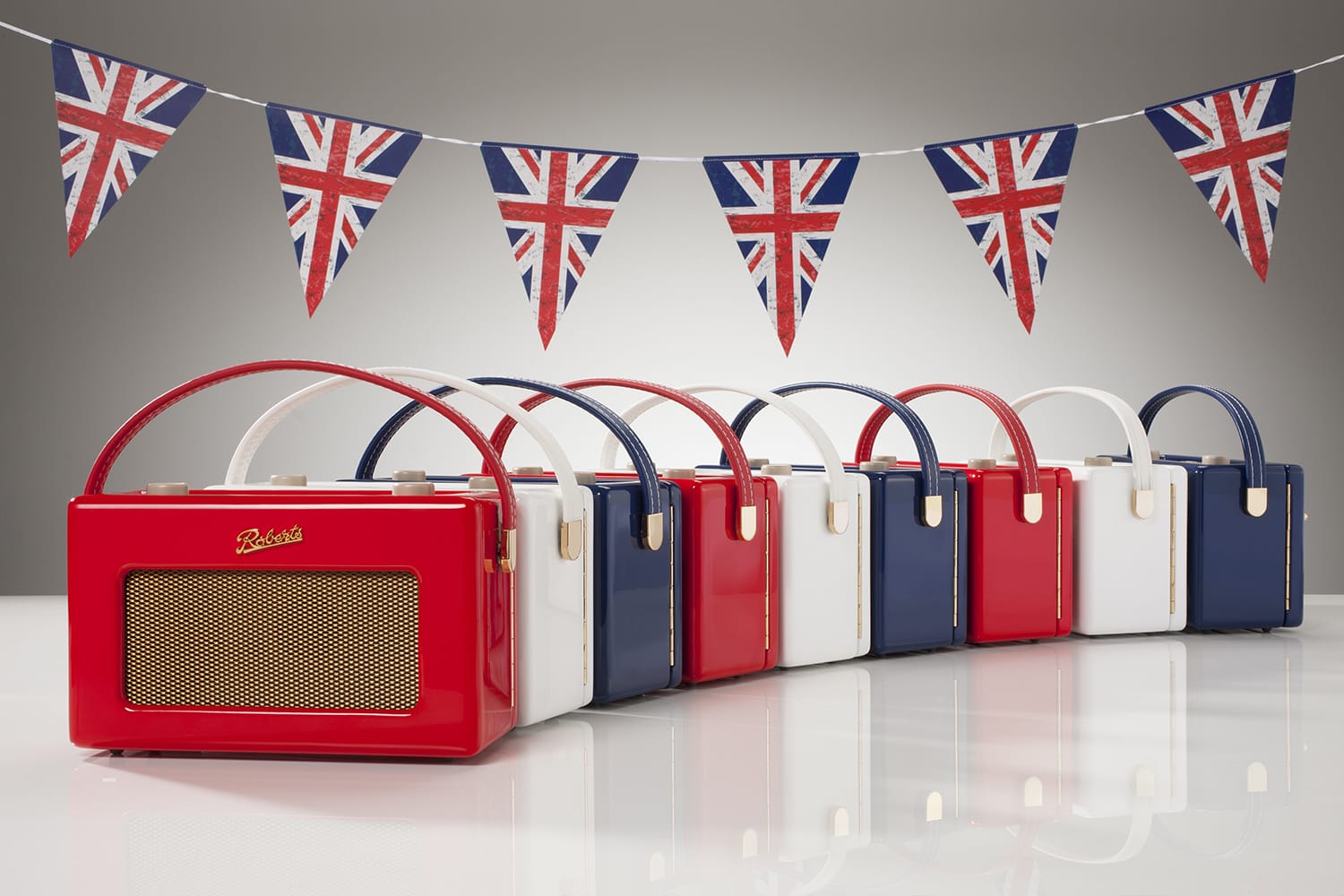
I sat down with Pete to discuss his transition to digital technology. Pete Humfryes has been in the industry long enough to have seen a lot of changes. Studying photography at college, Pete worked as an assistant photographer before becoming the photographer for an audiovisual company.
“It was a great job, with lots of travel and the company were doing new and innovative work”, he says. After three years, he left to set up in partnership with two other photographers, staying there for eleven years before going solo. He’s been working on his own for the last twenty-two years.
“College was a great learning experience – where half of what you learned was processing and printing, and there was a very good darkroom setup. What you learned on the technical side could be correlated with processing (much as we do now in Photoshop). A lot of the things I learned at college are still things I practice now.”
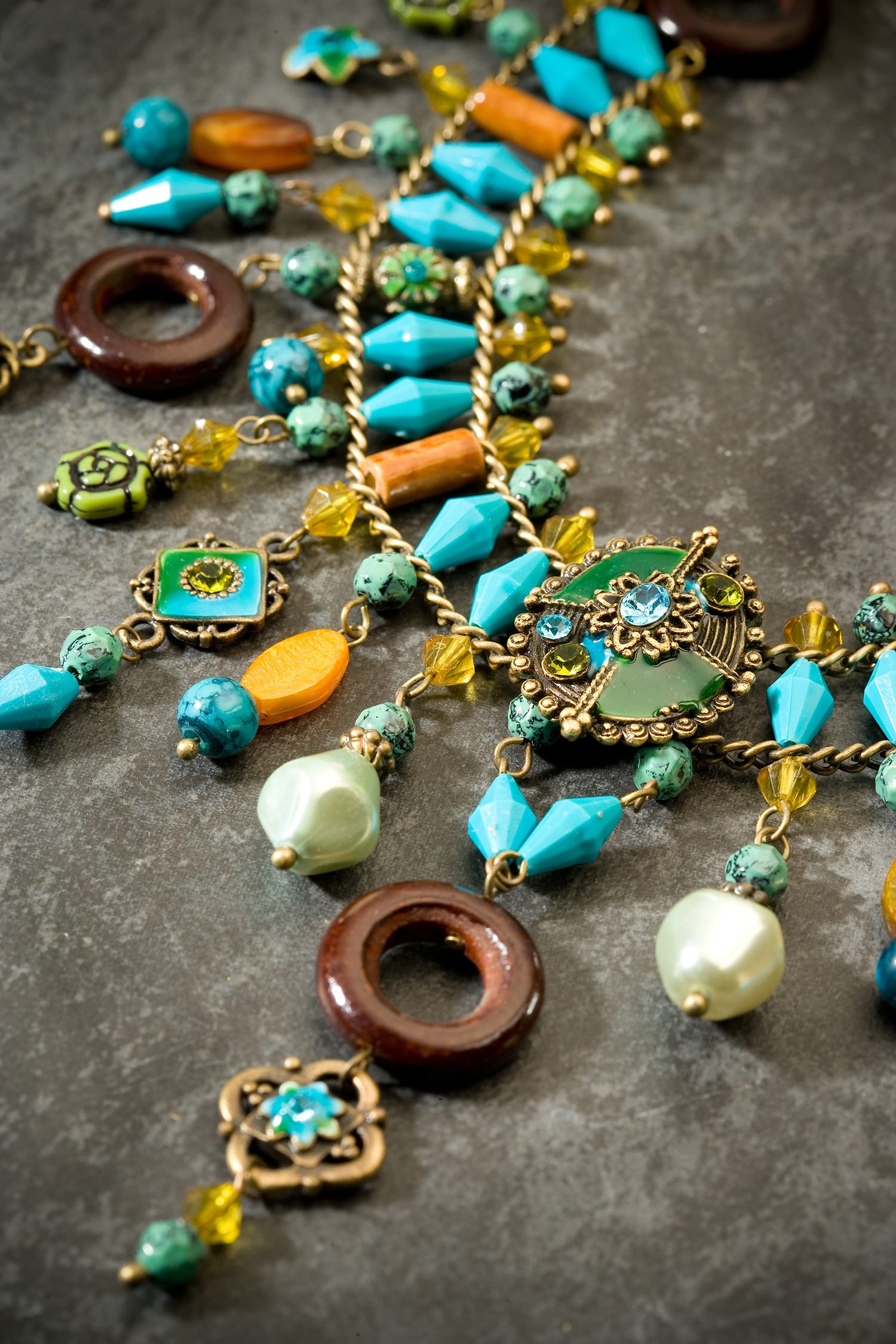
In those days everything was shot on film, mainly transparency and Pete shot with a Mamiya RZ medium format camera and a Sinar 5×4. He also had a Nikon 35mm system. “People using digital now who haven’t had experience of shooting film professionally occasionally moan about digital being touch, but they don’t know how tough film was 30 years ago”, he says, half jokingly. “You had to make sure you got the exposure right, the filtration right, the processing right, the scanning right – there were so many variables to think of and it was hard work getting the perfect shot.”
For most photographers, there came a point where a switch to digital had to be made, but Pete made the transition earlier than many, although not without an immense amount of planning and thought.
“The switch was partially client led. Digital was a ‘trend’ to start with and making headline news, so clients wanted it without realizing pitfalls”, he says. “There was a demand from clients for digital files, because it saved them a lot of money.”
He considered buying a film scanner, but felt it wouldn’t have got the images over to the client any quicker, so that option was dismissed fairly quickly. It was whilst he was looking at digital backs for his Mamiya RZ that Canon produced their first digital camera, the Canon 1D, and asked Pete to evaluate it for a week.
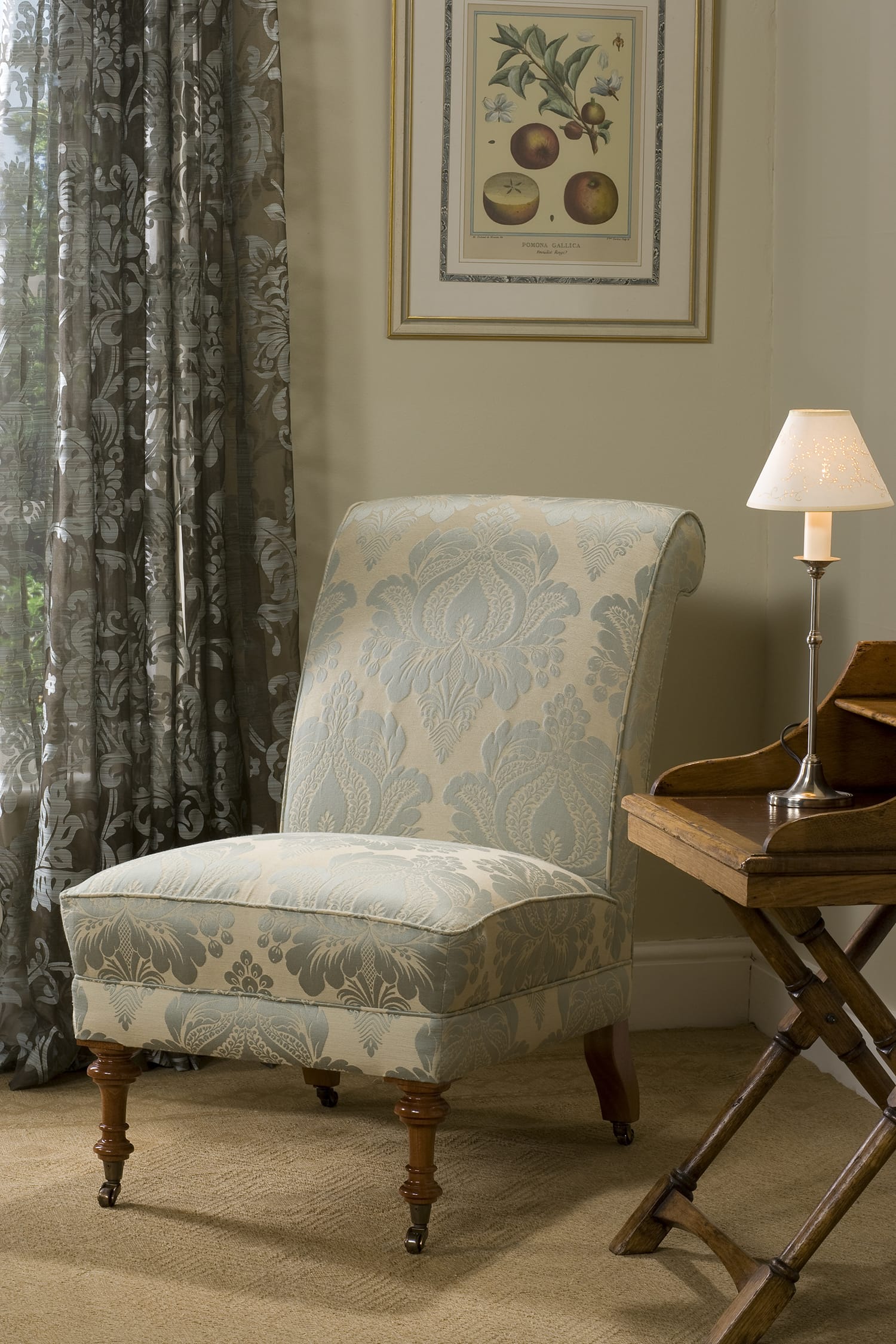
“I had to shoot JPEGs, as there was no way of processing the RAW files at the time! I took it into the studio and shot tons of stuff with it, producing prints to show clients the quality. I was really impressed, but at the time the camera cost £22,000, which was ridiculous! But it was obvious even then that digital was the future and, after about two years, when the prices had come down and the quality had gone up, I made the switch.”
Switching to digital wasn’t without its challenges. “When digital came along at an affordable rate, it was like a car crash. You had all this film equipment that was literally redundant overnight”, he recalls. Pete kept his RZ for a while, primarily as he was shooting a few jobs that still needed film to match in with historical work. But, within a year he was shooting fully digital as clients saw what he could achieve was on a par with previous work.
“Without a doubt, the biggest challenge was waiting for the quality. I do a lot of product work, where colour has to be perfectly matched and there has to be a high quality to print. With the earlier DSLRs, there was a real issue with moiré and shooting fabrics without it”, he explains. Pete’s first DSLR was a Kodak 14N, based on a Nikon – “one of those cameras that had a sweet spot where it worked beautifully, but it was utterly rubbish elsewhere! Useless at high ISOs, and really the only thing it was good for was shooting on a tripod at the studio. But it did produce beautiful shots if you got the lighting and exposure exactly right.”.
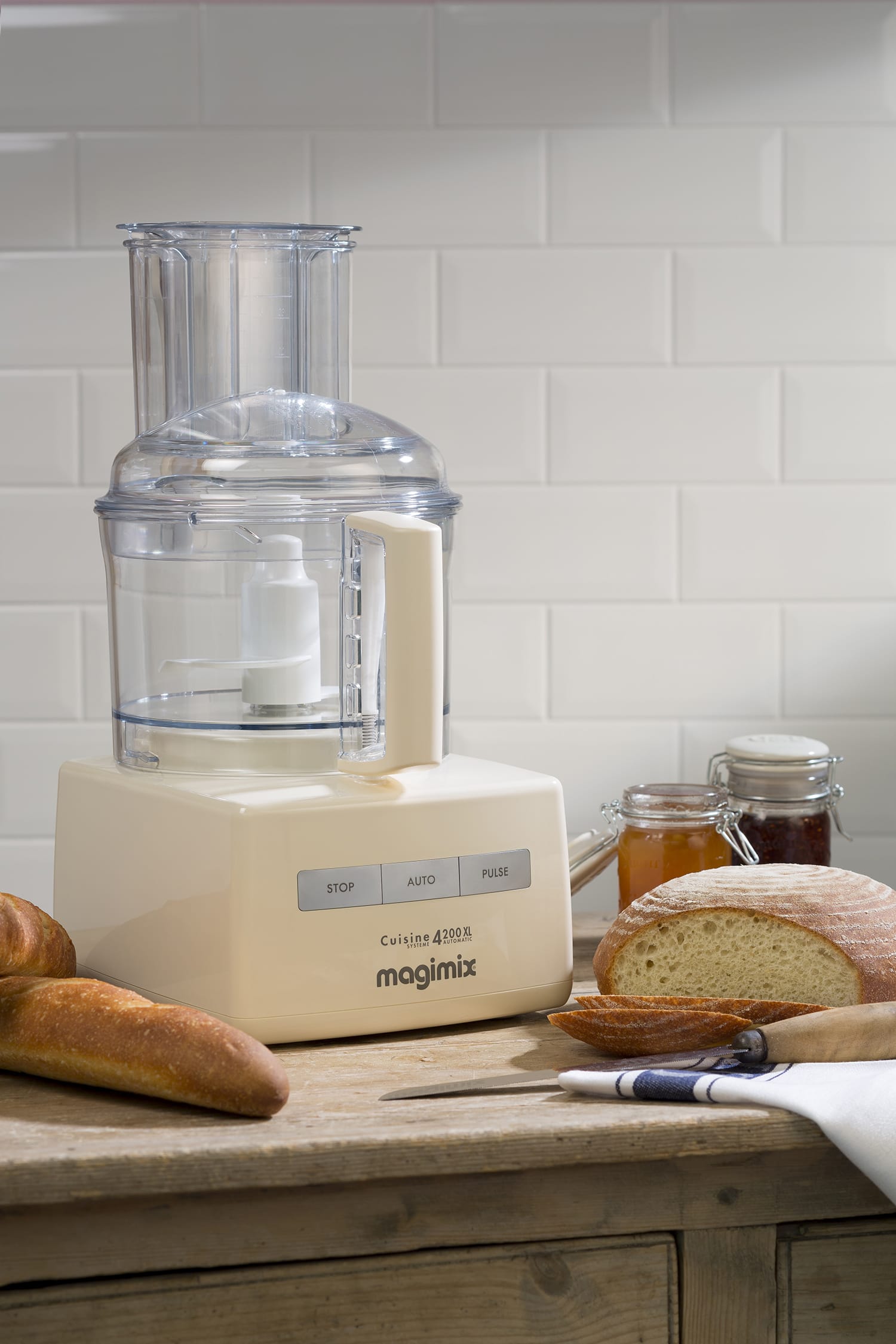
It wasn’t until Canon brought out their 1DS MkII that Pete felt able to use digital for everything without any major issues and, because he was shooting a lot of events, conferences and locations alongside the studio work, he decided to reinvest in the Canon system. He’s stayed with them ever since.
Pete has always been a very technically minded photographer, which he feels undoubtedly aided him in the transition.
“I’ve always been someone who flogs themselves to death to find out how things work and to understand them. I did so much reading up on digital and knew that I had to learn how to make a digital file stand up to the quality of medium format and 5×4 film”, he says.
“I had to understand how to shoot RAW, working on RAW files doing colour calibration, doing tons of testing and all the nerdy stuff! But it had to be done because I couldn’t give a client a file with a green tinge on it, for example.”
In the early days, shooting on plain grey backgrounds was the hardest thing to get neutral without a colour cast, and could take a long time to get right. Of course, as digital has evolved this is no longer an issue.
He describes switching to digital as a huge and steep learning curve. Digital required not only learning about DSLRs, but also about software and colour profiles.
“Each incarnation of DSLR that I bought went through a calibration process to get the colours acceptable. In the old days you just processed a roll of film and handed it over and the job was done. With digital, colour profiles became a photographer’s job as opposed to a printer’s job. So you had to understand the whole process in order to be able to hand over a digital file that you knew would come out in print in the same way as it looked on screen”
At that stage, printers were still set up for certain profiles from the film days, and that output had to be matched. Again, times (and printers) have moved on and printers are used to getting files they’ll need to work on. Pete firmly believes that the only way to know how things work is for someone to teach you, or if you teach yourself by experimentation – “a lot of the stuff I learned at college still helps me now, in that I know that I have to do x, y and z to get things right and get the images I want”.

So, would he have ended up going digital without client demand? “Oh yes, without a doubt. Even with the issues at the start, you can do jobs that simply weren’t possible before and with a lot more ease. I love shooting with digital because of the opportunities it gives me – you can shoot at ridiculously high ISOs, it’s much quicker and there’s far more versatility”, he says. The only downside is, of course, the need to upgrade every now and then, and, of course, the nostalgia for the darkroom and some of the equipment.
But Pete certainly doesn’t miss film.
“There was always a battle going on – every time you got new film it was a different batch with different colour casts and you had to test all the time. White balance was controlled by film and filters on the lens, and that would vary depending on the batch of film used and how the lab was processing that day. In later generations, digital eradicated these problems and thank god we don’t have to deal with them anymore! I can now do all the work I do with one camera, one set of lenses and everyone’s happy.”
Like most photographers, Pete considers his website important for his work, but stresses that, being in the advertising world, much of his work comes through word of mouth.
“Clients recommend me on because I work hard to produce good work for them.” He’s a big fan of Instagram, but only uses his account for personal work – producing small amounts of mainly landscape photographs. He considers that it’s allowed him to get back into enjoying photography the way he did before he turned pro.
“There’s a really nice community of people following me, and I love seeing other people’s photos because of their content and creativity. When I retire fully, I intend to spend more time on Instagram and do more hubs. I don’t have a professional account primarily because the type of work I do is mainly still life and I don’t feel it fits in or focuses on the right user group. But I love shooting for Instagram and going back to doing stuff purely for enjoyment.”
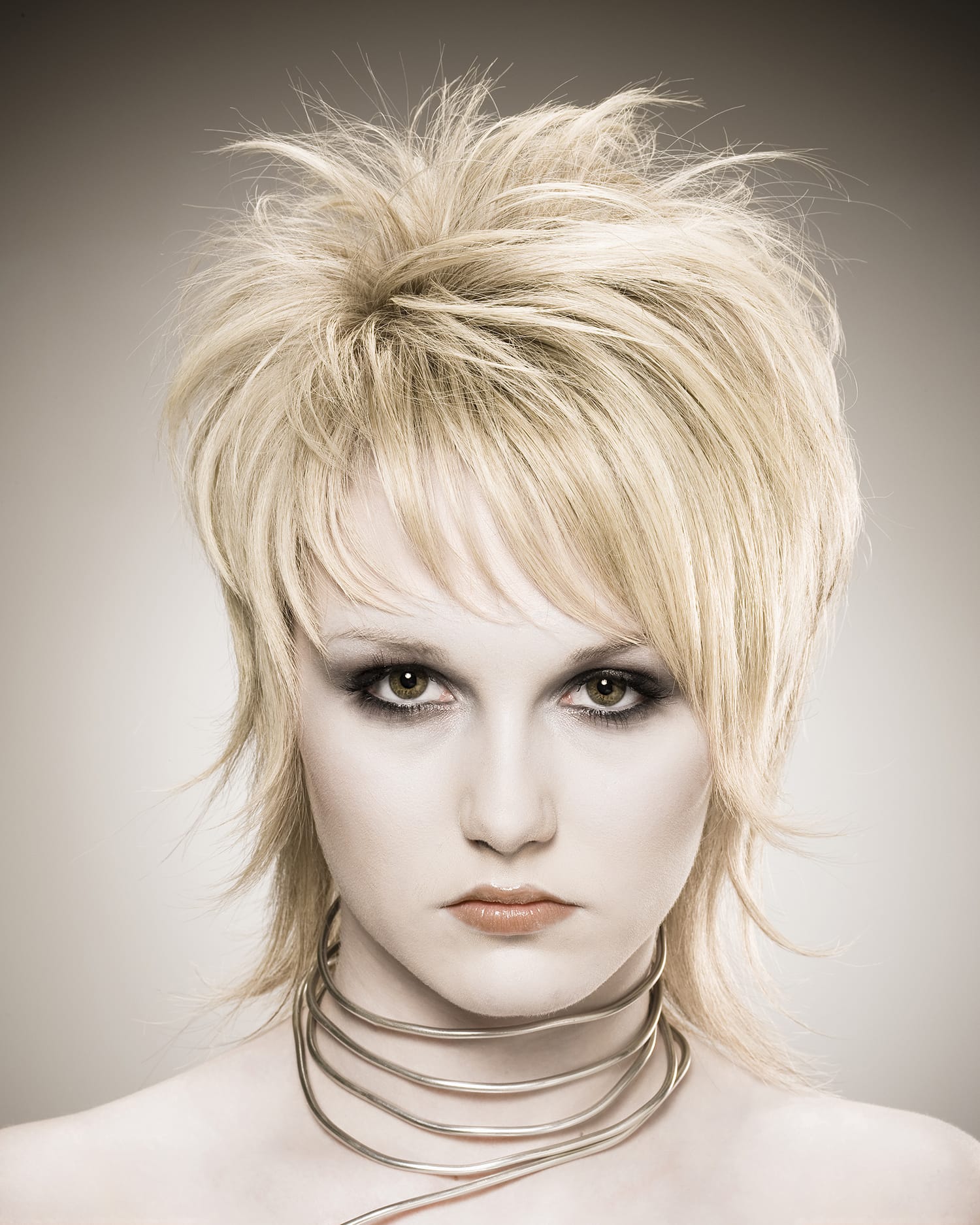
With the benefit of hindsight, Pete feels he would have waited a little longer to go digital, but only because there wouldn’t have been any compromises to start with. “But clients were demanding digital and there was an urgency. And I had quite a bit of curiosity as well!”
Pete’s tips for others:
- Make sure you understand the basic laws and rules of photography and how equipment works for the type of assignments you undertake.
- Fully understand the brief from the client and ask ‘lots’ of questions if you need to.
- Get the right equipment for the type of jobs you do and the best you can afford. You have to look professional as well as be professional.
- Keep experimenting and only shoot what you enjoy!
You can follow Pete’s work on his website or view his personal work on his Instagram account @peterhumfryes.
